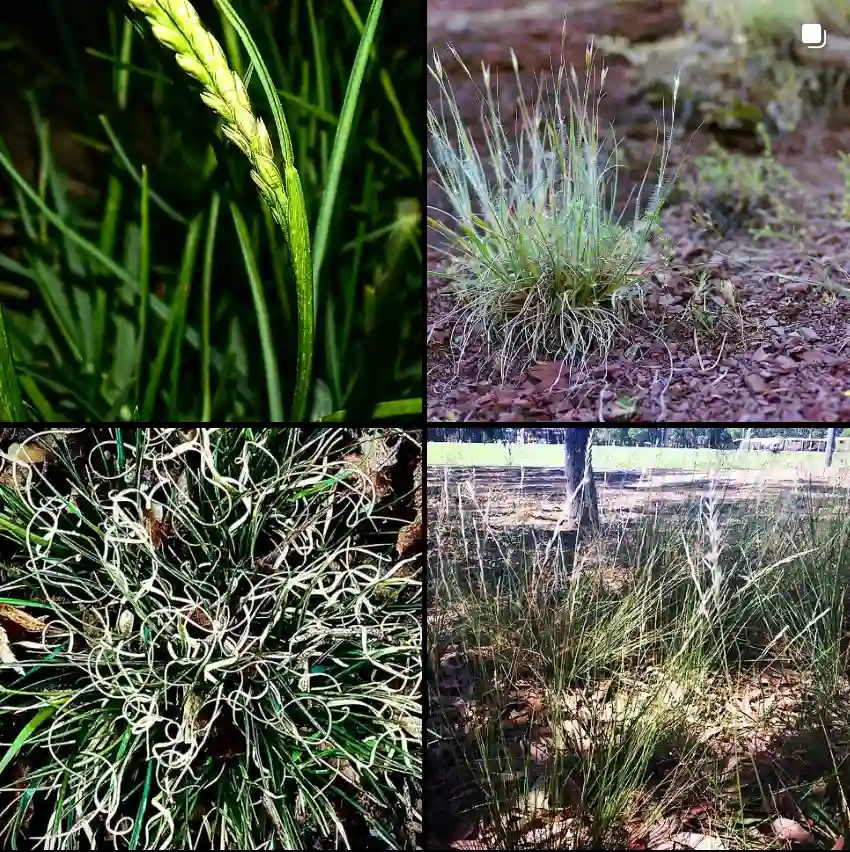All About Gymnocarpium Dryopteris: The Delicate Oak Fern
Hi, Ferb Vu here! Today, we’re diving into the world of ferns, specifically the fascinating Gymnocarpium dryopteris, commonly known as the Oak Fern or Northern Oak Fern. This delicate beauty is a popular choice for gardeners seeking a touch of elegance in their shade gardens.
But before we get planting, let’s answer some of the most common questions about this unique fern.
What is Gymnocarpium dryopteris?
Gymnocarpium dryopteris is a deciduous fern, meaning it loses its fronds (leaves) in the fall. It belongs to the family Cystopteridaceae and boasts a wide range of distribution across North America, Eurasia, and even Greenland.
This fern is known for its small, triangular fronds that grow in a single, graceful stalk. The fronds are typically divided into three main sections (ternately compound) with further subdivisions, creating a delicate, lacy appearance.
How big does Gymnocarpium dryopteris grow?
Gymnocarpium dryopteris is a compact fern, typically reaching only 12-16 inches (30-40 cm) in height. The spread of the fronds can be slightly wider, making it a perfect choice for smaller gardens or filling in shady corners of larger landscapes.
What are the ideal growing conditions for Gymnocarpium dryopteris?
As a shade-loving fern, Gymnocarpium dryopteris thrives in areas with dappled sunlight or indirect light. Direct sun exposure can scorch the delicate fronds.
The fern prefers moist, well-drained soil rich in organic matter. Consistent moisture is key, so consider adding mulch around the base of the plant to retain moisture and suppress weeds.
How do I care for Gymnocarpium dryopteris?
Gymnocarpium dryopteris is a relatively low-maintenance fern. Here’s what you need to know:
- Watering: Water regularly, especially during hot and dry periods. Aim to keep the soil consistently moist but not soggy.
- Fertilizing: Fertilizing is not necessary but can be done sparingly in early spring with a balanced fertilizer diluted to half strength.
- Pruning: Simply remove any dead or brown fronds as needed throughout the growing season.
What are some common problems with Gymnocarpium dryopteris?
Gymnocarpium dryopteris is generally a disease and pest-resistant fern. However, excessive moisture can lead to fungal diseases like rust. Ensure proper drainage and avoid overwatering.
In some cases, slugs or snails might munch on the fronds. Handpicking these pests or using organic slug and snail control methods can help.
Can I grow Gymnocarpium dryopteris indoors?
While Gymnocarpium dryopteris prefers outdoor conditions, it can be grown indoors with some effort. Here’s what to keep in mind:
- Light: Provide bright, indirect light. Avoid direct sunlight.
- Humidity: Ferns thrive in humid environments. Consider using a humidifier or placing the pot on a pebble tray filled with water.
- Watering: Water regularly to keep the soil moist but not soggy. Mist the fronds occasionally to increase humidity.
Remember, maintaining consistent humidity indoors can be challenging. If you struggle to meet its humidity needs, Gymnocarpium dryopteris might be happier outdoors.
How is Gymnocarpium dryopteris different from other ferns?
Several ferns share similar appearances, so differentiating between them can be tricky. Here’s a quick comparison of Gymnocarpium dryopteris with two commonly confused ferns:
- Lady Fern (Athyrium filix-femina): Both ferns have triangular fronds, but Lady Fern has a more elongated and arching form. Additionally, Lady Fern fronds are typically evergreen in warmer climates, while Gymnocarpium dryopteris is deciduous.
- Western Sword Fern (Polystichum munitum): This fern boasts larger, more robust fronds compared to the delicate Gymnocarpium dryopteris. Western Sword Fern also has a leathery texture to its fronds, while Gymnocarpium dryopteris has a softer, papery feel.
Conclusion: Bringing Elegance to Your Shade Garden
Gymnocarpium dryopteris, with its delicate size and graceful fronds, adds a touch of charm to any shade garden. This low-maintenance fern rewards you with year-round beauty (except for the brief period of dormancy in fall) and requires minimal effort to thrive. So, if you’re looking for a shade-loving gem to add visual interest to your landscape, consider planting the captivating Gymnocarpium dryopteris.
If i die, water my plants!



